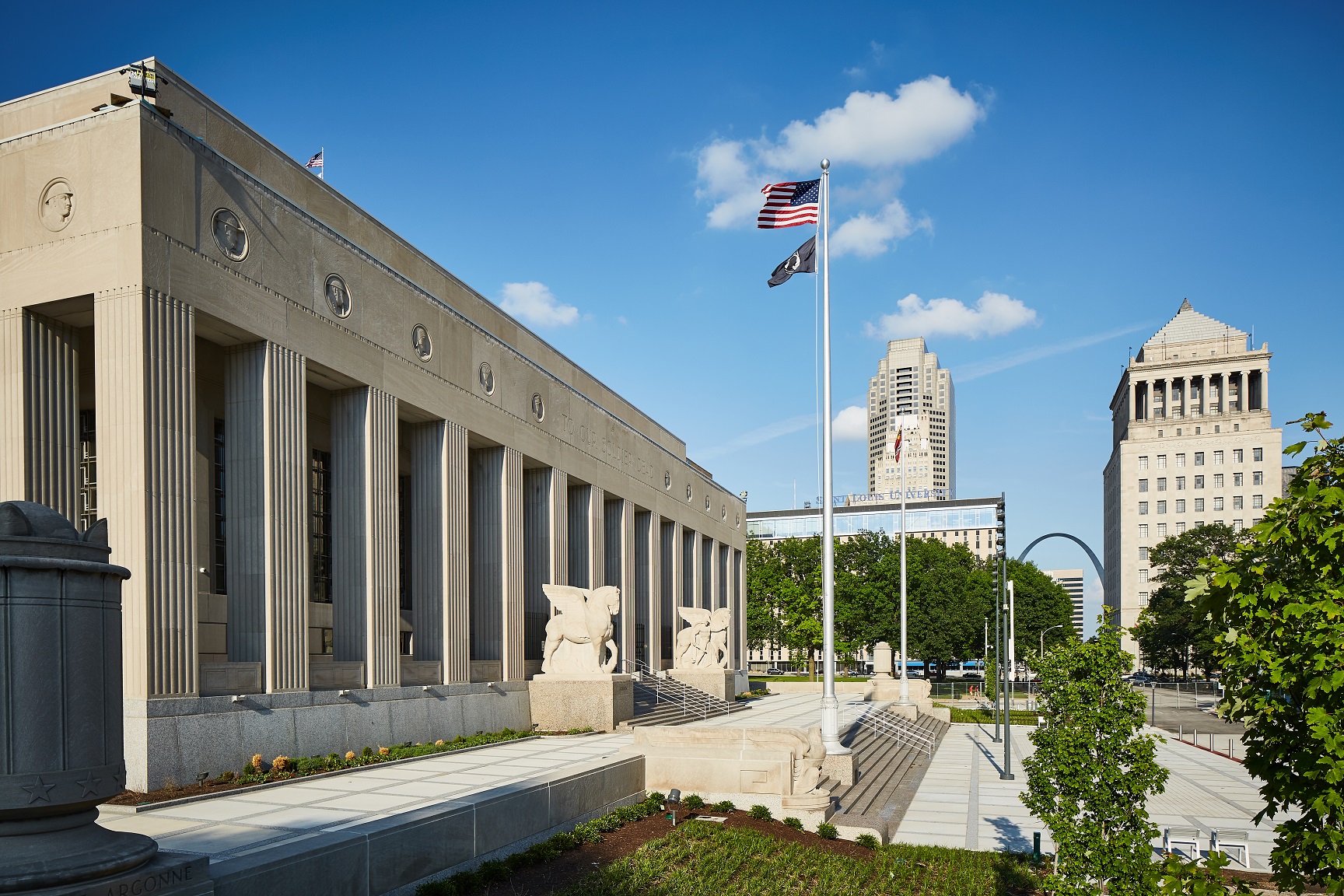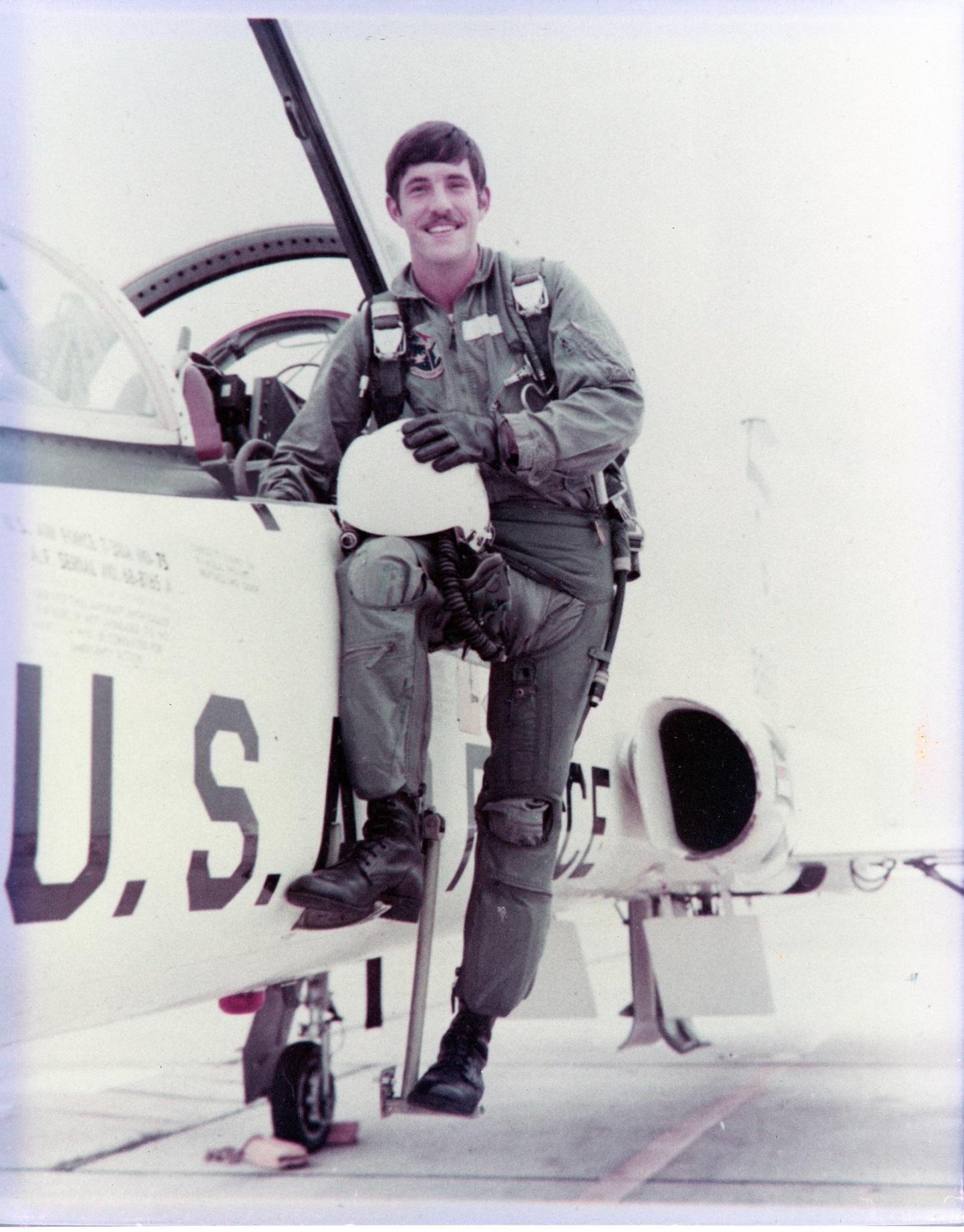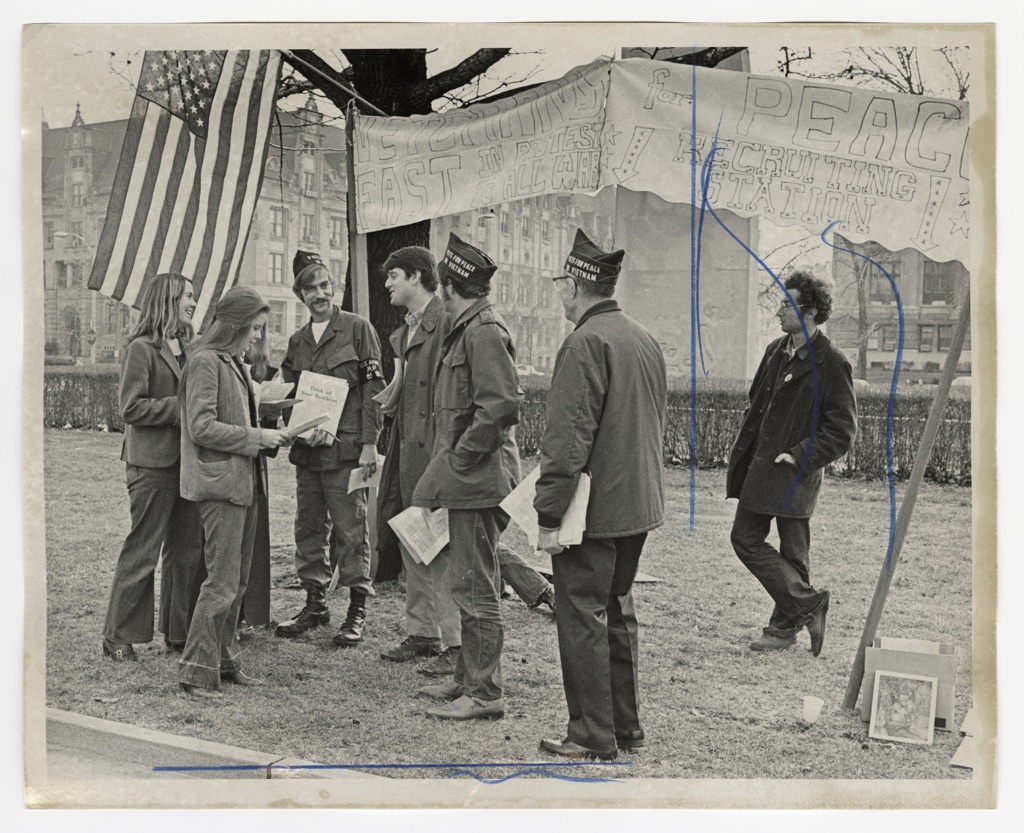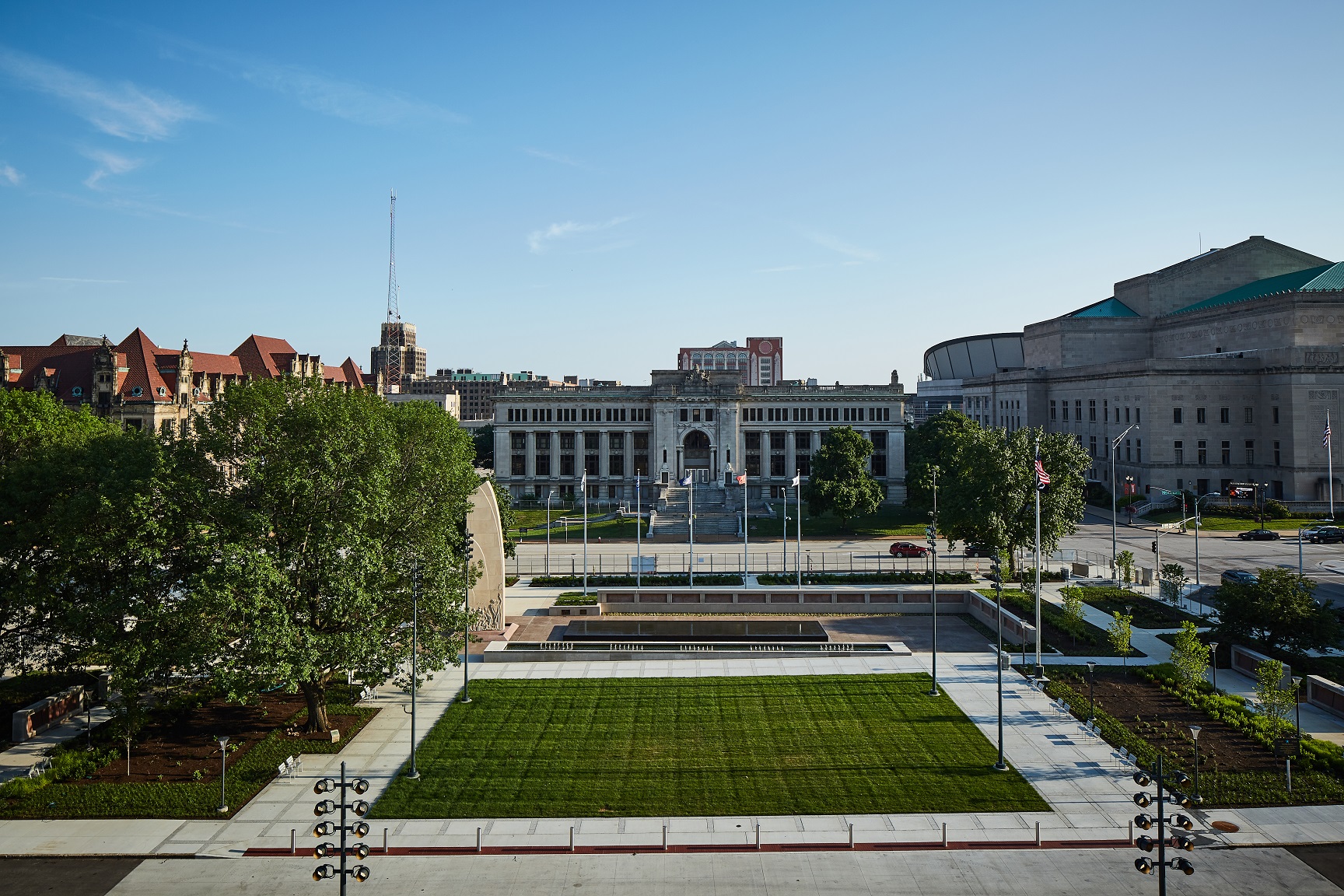
This Veterans Day, on Friday, Nov. 11, a new exhibition opens at Soldiers Memorial Military Museum that examines the complexities of the Vietnam War, a conflict that united and divided Americans and left the nation with a fracture that continues to reverberate today.
“Vietnam: At War & At Home” is a 4,500-square-foot exhibit spanning 20 years, from 1955 to 1975, and presented through two distinct viewpoints: the war front and the home front.
Through the separate but parallel storylines, visitors experience the physical and emotional distance between Southeast Asia and St. Louis, as well as learn the personal stories of those who fought in the war, those who opposed it and those who fled their homeland as refugees and settled in St. Louis.

At the entrance, visitors can choose to begin with one of two paths: The “At War” section of the gallery chronicles the experiences of hundreds of thousands of U.S. Armed Forces in Vietnam, while the “At Home” portion presents the stories of Americans on the home front, particularly those of St. Louisans.
Almost 200 artifacts from St. Louisans who served in Vietnam are on display, including a fragment of the flight suit worn by U.S. Air Force First Lt. Michael Blassie when his plane was shot down in 1972. For more than 25 years, Blassie’s family awaited his fate. But it wasn’t until 1998 that DNA analysis confirmed remains interred in the Tomb of the Unknown Soldier at Arlington National Cemetery were those of the fallen lieutenant. The clothing fragment, recovered from the crash site in Binh Long province in South Vietnam, is on loan from the Blassie family.

In addition, a variety of war-era uniforms from the U.S. Army, Marines, Air Force and South Vietnamese Rangers, as well as Viet Cong garments, tire sandals and weapons, are featured. There are also poignant personal memorabilia, such as the M1 helmet of a St. Louisan who decorated it with notations about his family, his hometown and the locations in Vietnam where he served. Reproductions of letters – some exchanged between soldiers and their families, others from conscientious objectors sent to government officials voicing opposition to the war – are also on view.
One of the display cases shows a St. Louis flag, the now-familiar symbol of the city, which, coincidentally, was initially created in 1969 at the height of the Vietnam War. The particular flag in the exhibit was sent to St. Louis servicemembers in Vietnam and flown in combat missions all over the country. It was presented to then-St. Louis Mayor Alfonso Cervantes by the 131st Tactical Fighter Wing of the Missouri Air National Guard. Lt. Corbin Morrow, who flew the flag on a combat mission, returned home to personally deliver it to the mayor.
Mikall Venso, military and firearms curator for the Missouri Historical Society (which operates Soldiers Memorial), says the St. Louis flag is part of a group of items that will be rotated during the exhibit’s 18-month run.
“I’m really proud of this rotation schedule that we have – by rotating things through, we’re able to show more artifacts,” Venso said. “It allows us to show almost all the artifacts that we have from the Historical Society and Soldiers collection related to the Vietnam War.”
Venso adds that since most of the artifacts are not in ideal condition, rotating them during the exhibit’s 18-month run will help to preserve the objects by limiting their exposure to light and other elements.
Venso, who is also the content lead on the exhibit, notes it took more than three years to conduct research and compile stories and artifacts.
“The hardest part always is deciding what gets left out,” he said. “There are so many great stories, we just don’t have the time, space or money to tell them all.”
Interactive features include a “jukebox” touchscreen where visitors can listen to war-era songs and learn about the musicians who created them. Another highlight is an interactive draft lottery that allows visitors to submit their date of birth to see whether they would have been drafted in 1970. Participants are then able to share how they think they would have responded.

The idea of personal choice is a theme that runs throughout the exhibit, Venso notes.
“Hopefully people come to this exhibit and they can see a little more of that – the different choices that were made,” he said.
Venso shares his own family’s experience, which he believes reflects the myriad choices made by families across the country, during the war.
“In 1965, my father decided he was going to enlist rather than risk being drafted,” Venso said. “But when he enlisted in the Air Force, they told him he had a heart issue.”
Shortly after being denied by the Air Force, the elder Venso’s Army draft card arrived, but due to his heart condition, he wasn’t able to join the Army, either, his son explains.
“My dad did not serve – he tried – so he became a barber and spent more than 50 years cutting hair in Kansas,” Venso said. “However, I had two uncles on my mom’s side who grew up in a conservation Mennonite community that had largely pacifist teachings. One uncle sought a deferment and he and his wife went to Bogota, Colombia, to teach English to elementary school students. The other joined the Kansas National Guard and was eventually assigned to the 82nd airborne and became a sergeant who led his squadron in combat. He came back with some physical and psychological wounds that he dealt with but went on to become a successful businessman.”
Sadly, Venso lost both of his uncles in the last 14 months.
“It’s those choices – like these three examples within a family – those were the kinds of choices that people made about what they wanted to do,” he said. “None of them are more right or more wrong than the other.”

Admission to “Vietnam: At War & At Home” is free. The exhibit runs through May 27, 2024 at Soldiers Memorial Military Museum downtown. The museum is open Wednesday through Sunday from 10 a.m. to 5 p.m.





